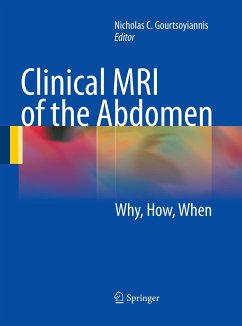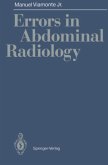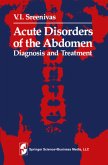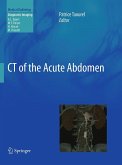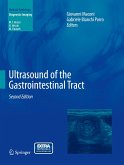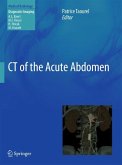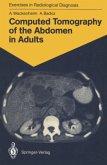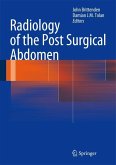This volume, which explains why, when, and how abdominal MRI should be used, focuses in particular on the most recent developments in the field. After introductory chapters on technical considerations, protocol optimization, and contrast agents, MRI of the various solid and hollow viscera of the abdomen is addressed in a series of detailed chapters. Relevant clinical information is provided, and state of the art protocols presented. With the help of numerous high-quality illustrations, normal, variant, and abnormal imaging findings are described and potential artefacts highlighted. Differential diagnosis is given extensive consideration, and comparisons are made with competing methodologies when relevant. Each of the chapters is rounded off by a section on "pearls and pitfalls". The closing chapters focus on findings in the pediatric abdomen, advances in MRI specifically relevant to cancer patients, and the use of abdominal MRI at 3 Tesla. This book, written by leading experts, will be of value to all who are involved in learning, performing, interpreting, and reporting abdominal MRI examinations.
From the reviews:
"This 727 pages book ... aims to offer the reader a thorough overview of MRI capabilities, focusing on the strengths and limitations in the field of abdominal diagnosis, as indicated in the title. ... appreciated by radiologists (working in the field and mastering it or at least willing to approach it) and clinicians who will benefit in their daily research and work from the diagnostic opportunities offered by MRI of the abdomen. Those clinicians who will ultimately provide benefit for their patients." (G. Beluffi, La radiologia medica, Vol. 117, 2012)
"This practical textbook of clinical MRI is a timely addition to the published literature ... . The chapters are focused and clearly laid out, with important key points highlighted throughout the chapters. This makes it easy for the reader to recapitulate important learning points and take-home messages. ... provide a wealth of important and practical information, which would aid the reader in refining their own clinical practice and avoiding mistakes. ... This single volume book on ... MR imaging in the abdomen is highly recommended." (Dow-Mu Koh, RAD Magazine, April, 2010)
"This 727 pages book ... aims to offer the reader a thorough overview of MRI capabilities, focusing on the strengths and limitations in the field of abdominal diagnosis, as indicated in the title. ... appreciated by radiologists (working in the field and mastering it or at least willing to approach it) and clinicians who will benefit in their daily research and work from the diagnostic opportunities offered by MRI of the abdomen. Those clinicians who will ultimately provide benefit for their patients." (G. Beluffi, La radiologia medica, Vol. 117, 2012)
"This practical textbook of clinical MRI is a timely addition to the published literature ... . The chapters are focused and clearly laid out, with important key points highlighted throughout the chapters. This makes it easy for the reader to recapitulate important learning points and take-home messages. ... provide a wealth of important and practical information, which would aid the reader in refining their own clinical practice and avoiding mistakes. ... This single volume book on ... MR imaging in the abdomen is highly recommended." (Dow-Mu Koh, RAD Magazine, April, 2010)

